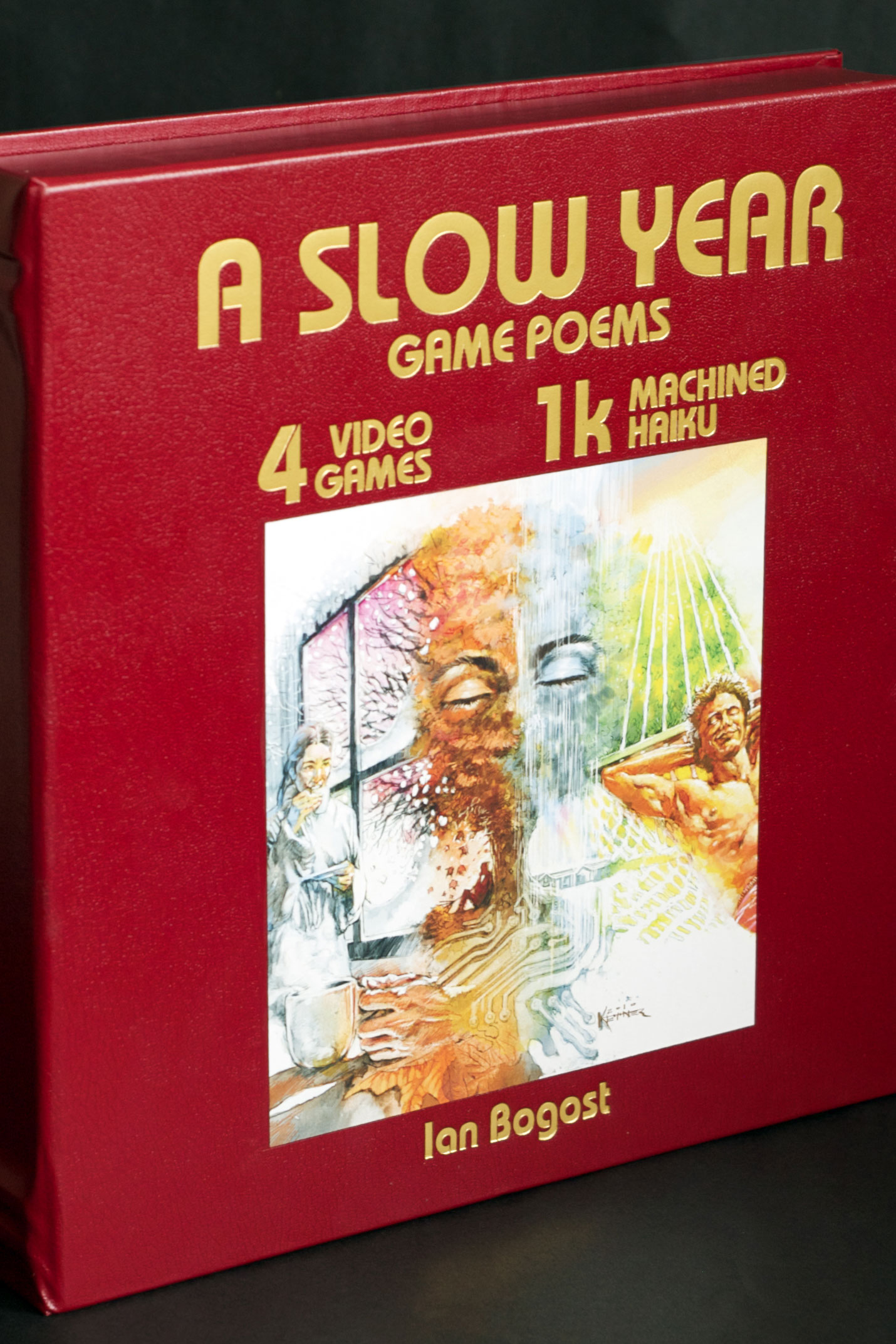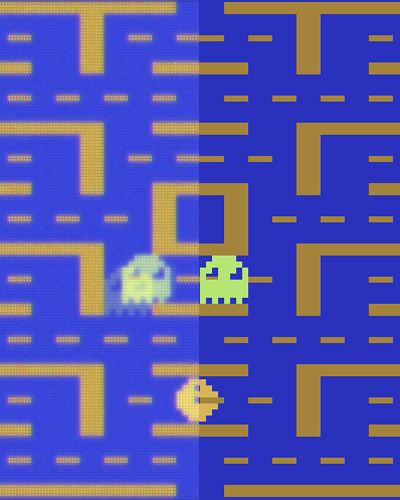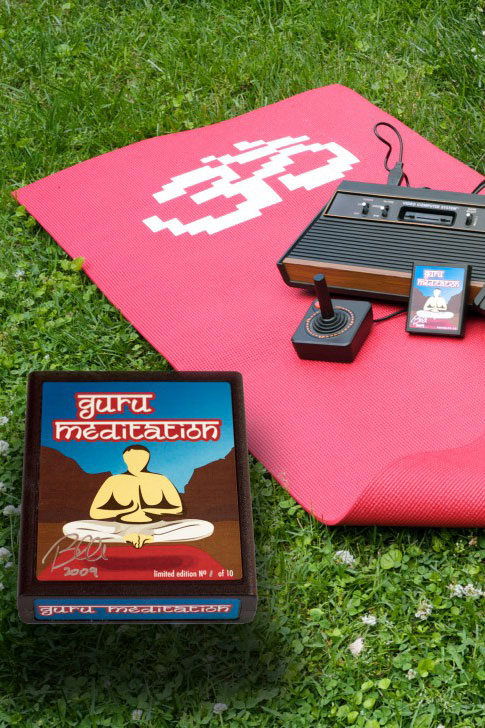
Persuasive Games
Persuasive Games designs, builds, and distributes videogames for persuasion, instruction, and activism. It also offers business, legal, content, and design consulting.

I make video games independently for sale, exhibition, and collection. I also run a game-design studio. This is some of my work.

Persuasive Games designs, builds, and distributes videogames for persuasion, instruction, and activism. It also offers business, legal, content, and design consulting.


A site-specific game art installation commissioned by the Museum of Contemporary Art, Jacksonville


A Facebook game about Facebook Games


A chapbook of game poems for Atari VCS, PC, and Mac. Independent Game Festival finalist and 2x Indiecade winner.


CRT simulation for the Atari VCS, inside the Stella emulator.


A medititation game for Atari VCS and iPhone
